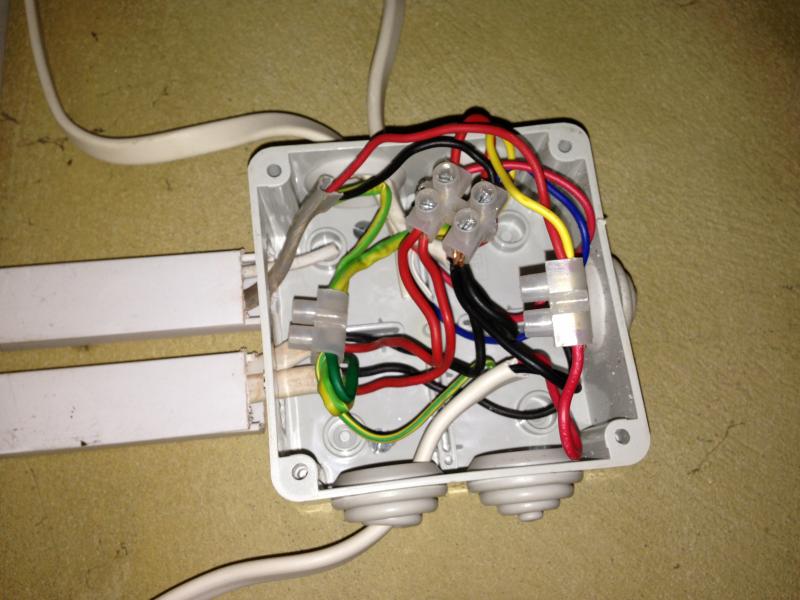Hi – I am replacing the downlights in my porch.
On reading the instructions, it says that they must be earthed. The cables for the current downlights have had the earth clipped. And on inspection of the junction box in the garage from which the downlight cable originates, someone had also clipped the earth cable at the beginning of that cable.
Inside that junction box are also the cables for the garage light and a couple of bollard lights in the front garden. They have all been connected to an earth. I have tried to show this in the picture below.
My question is this: Assuming that the earth in the picture is actually connected back from where it originates, can I just connect the earth feed from the downlights cable and then earth each downlight?
I hope this makes sense – I'd appreciate any help.
Many thanks
On reading the instructions, it says that they must be earthed. The cables for the current downlights have had the earth clipped. And on inspection of the junction box in the garage from which the downlight cable originates, someone had also clipped the earth cable at the beginning of that cable.
Inside that junction box are also the cables for the garage light and a couple of bollard lights in the front garden. They have all been connected to an earth. I have tried to show this in the picture below.
My question is this: Assuming that the earth in the picture is actually connected back from where it originates, can I just connect the earth feed from the downlights cable and then earth each downlight?
I hope this makes sense – I'd appreciate any help.
Many thanks




